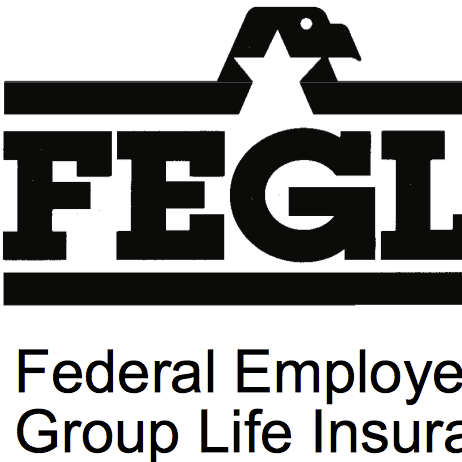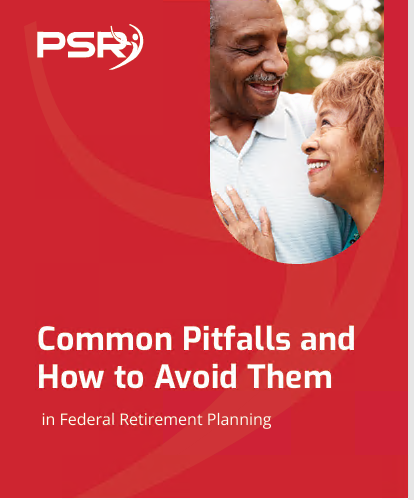The Federal Employees’ Group Life Insurance (FEGLI) program stands out among the four government-sponsored insurance programs for federal employees because some available coverage is automatic upon employment, barring a decision to decline it. Specifically, FEGLI coverage is “opt-out” rather than “opt-in,” unlike health insurance, vision-dental insurance, and long-term care insurance plans.
When you joined federal employment, you had the option to decline FEGLI coverage. However, if you didn’t, you are immediately protected by Basic insurance, which offers group term life insurance without requiring a medical exam. It includes accidental death and dismemberment insurance, also known as “double indemnity” protection.
Your basic salary, which is the sum from which retirement deductions are subtracted, rounded up to the next higher thousand dollars, plus $2,000, determines the monetary amount of your basic life insurance. This amount also fluctuates every time your basic pay does.
You may be eligible for an AD&D benefit depending on your injury type. You would receive the whole sum if you passed away or lost two or more body parts-such as a hand, foot, or eye-while receiving half if you lost only one.
Different amounts are payable under AD&D, depending on your age. You will get twice the basic life insurance amount if you are under 35. The multiplier decreases by one-tenth every year you turn 35 and after that, until it reaches your basic insurance amount at age 45 or older.
There are three additional optional life insurance advantages if you are protected by basic life insurance. You will be responsible for covering the full price of any of them if you decide to enroll.
Option A – Standard Insurance
There were just Basic and Standard life insurance options accessible to federal employees in 1954, the year FEGLI first became a thing. Standard life insurance was available to employees who wanted more coverage at their own expense, while basic life insurance was covered by matching payments from the government and its employees. $10,000 significantly increased the average employee’s annual salary back then.
Yes, the sum has not changed in 70 years, even though $10,000 is just approximately one-ninth of the average federal employee income today. If you have basic life insurance, you can still purchase an additional $10,000 worth of coverage.
Although the premium rates are very low for younger employees, they rise as you age. You’ll pay a set fee until the age of 35. The rates rise every five years starting at age 35.
Option B – Additional
Option B allows you to select a sum that is one, two, three, four, or five times your yearly basic pay, rounded up to the next $1,000.
Option C – Family
Option C enables you to pay for insurance for your spouse and any eligible dependent children. Similar to Option B, you may choose up to five multiples of coverage, each multiple equaling $5,000 for your spouse and $2,500 for each of your children. Your age determines how much each premium will cost.
Designation of Beneficiary
A designation of beneficiary form had to be completed when you joined the government. You listed the individuals whose lives you wanted to be covered by your life insurance if you passed away. You should check the items you placed there years ago if you haven’t already.
If you don’t make the necessary changes, the beneficiary(es) you would have chosen today may not get the life insurance money upon your death. If you were single when you were an employee, you might have named your parents or siblings. However, if you later got married, that is probably not how you would prefer your benefits to be allocated right now.
Fill out a Standard Form 1823 to modify your FEGLI designation. You can obtain one from your personnel office or online at www.opm.gov/forms/standard-forms by selecting SF 2808 (CSRS) or SF 3102 (FERS).
Your life insurance will be distributed in the following order if you fail to complete a designation of the beneficiary form:
• Your spouse;
• If you are single, to your kid or children in equal shares, with the share of any deceased child being dispersed among that child’s descendants;
• To your parents in equal shares if you are childless or to the surviving parent if you do not have any children;
• To your estate’s lawfully chosen executor or administrator if you don’t have parents;
• And, lastly, to your next of kin under the local laws of where you were residing at the time of your passing.
Note: If you and your spouse are divorcing, the disposition of your life insurance payout may have been determined by a court order.
Go to your service personnel office and verify your Official Personnel File (OPF) to find out whom you’ve named as a beneficiary(ies). By doing this, you can be certain that the people on the list are the ones you want to receive benefits in the event of your passing.
Contact Information:
Email: [email protected]
Phone: 3037587400












